The Ultimate Guide to Preventative Maintenance
What is Preventative Maintenance?
Preventative Maintenance (PM) is a scheduled set of activities done to check up on equipment and other resources to prevent unexpected failures in the future. In other terms, this PM wards off the possibility of any equipment breaking down and causing even greater costs in the long run.
To give you a quick glimpse of how this works, it is the process of inspecting, servicing, and repairing equipment to prevent liabilities. It is a way to save time and money by not having to deal with the consequences of a greater equipment failure that can easily be tied into industrial cleaning.
Due to the necessity of upkeep, especially in larger businesses and companies, the use of computerized maintenance management system (CMMS) software becomes widely utilized to meet all the complicated maintenance tasks that human labor could not do efficiently.
We will explain further what CMMS entails in the latter part of this article and what role it plays in industrial cleaning, as opposed to commercial cleaning. But first, let us learn the essential parts you need to know why PM is important for your business. Implementing an effective Preventative Maintenance Plan may come at a high price; however, strategizing a schedule and carefully looking after the performance of all your assets can save up more time, more resources, and more revenue for your businesses.
How Does Preventative Maintenance Work?
One of the essential characteristics of a business owner or facility manager is foreseeing what may come in their operations in the future. When it comes to industrial cleaning there’s an endless list of what to evaluate. Having a PM manager can reduce the time you would spend identifying and addressing issues you may find throughout your workplace. While some owners respond to failure only after it happens, it is more beneficial to be proactive and troubleshoot issues before greater problems occur.
That is exactly what the PM addresses: it is a system of methods established to make sure no equipment issues will be overlooked throughout its operations. It intends to inspect, assess, and address issues to ensure that all facility assets are well-managed even when used over time.
What are the Different Types of Preventative Maintenance?
There are four major types of Preventative Maintenance used in business operations and industrial cleaning services, namely: Time-based, Usage-based, Condition-based, and Predictive Maintenances.
Although they are all structured for the same goal, this only acknowledges that not all machines and equipment work, and require the same kind of maintenance. Hence, each maintenance type entails different and distinct reasons.
Time-based Preventive Maintenance
The time-based approach to this method of preservation is scheduled at an interval. Regardless of the condition of equipment and resources, the tasks for this type of maintenance will be triggered at a specific time and date as part of a routine industrial cleaning schedule.
To understand this approach better, imagine yourself having a bi-annual dental check-up. You go to your dentist every six months to get a check-up regardless of whether you feel something is wrong with your mouth or teeth.
This approach may cost a lot, but the action is more proactive no matter the condition of the tools used in the business, just to ensure it is working in its favorable shape
Usage-based Preventative Maintenance
A usage-based approach to successful preventative maintenance, on the other hand, triggers the action when the equipment is used at a specific number of rounds. When a machine or equipment is used and reaches its total number of usage (also known as “benchmark”), this would prompt the machine to identify and address the issue following a pre-programmed industrial cleaning procedure.
A common example of a usage-based conservation approach can be seen in changing car oils. For example, a car can only manage to be driven for 3000 miles. After reaching that limit, the car is required to change its oil to reduce the heat and friction caused by debris coming inside the engine, otherwise, the car might get damaged.
Condition-based Preventive Maintenance
While the first two types of conservation could be automated, condition-based PM works differently; it looks after the condition of a tool or equipment and tells whether it still works at its optimal efficiency.
When there are signs that any equipment is getting weak and not becoming productive, it will trigger PM tasks before it could cause great cost and time wasted.
Predictive Preventative Maintenance
Predictive preventative maintenance is almost related to the conditional approach, except it uses the data gathered in the condition of the equipment in order to estimate (hence, the “prediction” part) when it should need a schedule for maintenance in the future.
To help you distinguish the difference between the predictive and condition-based approaches, predictive maintenance is more proactive when compared to condition-based preventive maintenance.
To help you remember the four major types of Preventative Maintenance, here is a table for you:
| Time-based Maintenance | Usage-based Maintenance | Condition-based Maintenance | Predictive Maintenance |
| triggered by a specific time and date, regardless of the condition and average use of an equipment | triggered by a particular “benchmark” (number or time of usage), regardless of the condition of the equipment | determined by monitoring the efficiency and productivity of the equipment used | Determined by the condition of the equipment, this maintenance is triggered by an estimated schedule when necessary. |
The 4 Essential Key Points of a Preventative Maintenance System
So how exactly should you plan a preventative maintenance program? How much will I benefit from CMMS and PM? How does PM tie into industrial cleaning services?
In this part, we will emphasize the three important points to evaluate whenever you create your Preventative Maintenance System (or PMS). Below we will go over the best way to utilize PM and how to make it work for you and your business.
Establishing Goals for the Preventative Maintenance System
Before setting up the plan, it is important to know what you want to achieve with the PMS. Thus, it is important to assess what you already know about your equipment and industrial cleaning procedure.
You may conduct a risk assessment by inspecting the conditions of the equipment, and evaluating what possible issues may arise in the future. You may also check other preventative guidelines that are accessible to other organizations and determine which of them is the right fit for your tools as well.
Accuracy of the Maintenance System
Since businesses are also dependent on the accuracy of their operations, so should the preventative maintenance of the business.
That is why assessing the equipment and resources is essential in the first steps of formulating a PMS and many other industrial cleaning procedures. It ensures the accuracy of the maintenance schedule and work based on its conditions, needs, and risks.
Establishing the Maintenance Management Team
It is imperative that the facility manager knows exactly what the industrial cleaning and PM guidelines entail. But more than that, it is also important that those who will be working in the maintenance program know what to do as well.
Establishing a team for maintenance management is crucial; in order for you to manage the business flexibly, it is necessary to train people on how to use the different technologies that are required in preventative maintenance work.
Optimizing your PMS
When the preventative maintenance system has already been implemented, expect that the assessment does not end there. When you aim to achieve a favorable result using your PMS, fine-tuning the program is an essential part of the cycle.
Optimizing your PMS will help you reduce more of the issues that may arise with your equipment in the future.
To see more detailed steps on how to create an effective preventive maintenance program, you may also check out this article on PM programs.
The 4 Reasons Why Preventative Maintenance Schedules are Important
Some larger companies, especially industrial businesses, have already understood the essence of a PM plan; but others, particularly some startups, do not know why preventative maintenance is an essential part of business operations and industrial cleaning procedures as it grows.
The main purpose of pm is to avoid unnecessary downtimes in equipment and other systems. More than that, there are several other reasons why preventative maintenance should be pre-planned.
Increases Productivity
It reminds us of that old adage: “time is gold”.
When you ask a business owner what is the most important currency that they have, their answer would not be their money–but their time.
One of the essential assets that a business operation has, more than its profit, is its productivity. Businesses ensure that all work is done in a timely manner and with no disruption. Because if a single failure happens, this may cost the company its time just to get back on track. This disruption may cause more losses than when issues are resolved immediately.
That is why industrial cleaning services urge businesses to utilize PM to identify ways to address mechanical issues is essential. Avoiding equipment failures also avoids disruptors to the productivity of a company. It can address issues that may interrupt workflow even before it happens.
Reduce Cost of Maintenance
Of course, we would not ignore the fact that revenue is still an essential part of a business because that is what businesses are for, right? And when we get the right and quality tools to operate our business, all the more that we can focus on investing in it.
Yet, as I mentioned above, some tools and equipment really do have their own lifespans. Regardless of their quality, the more that these machines are used, the more they get fragile and be at risk of breaking down.
Thus, these conditions may affect the quality of work it produces. This industrial cleaning service will not just bring back the quality of work that the equipment does, but it can also help lengthen the asset’s lifespan.
Ensures Operations Reliability
Obviously, it is important that when we do business, we bring the best quality service and product to our customers. And that can only happen when we guarantee that our equipment is in its optimal state to bring out that service to them.
Hence, PM is vital in industrial cleaning especially in maintaining the reliability of operations in the company. As some tools and equipment have their own lifespan, it is better to keep them in their favorable state to ensure that they will produce work effectively.
Having confidence in the condition of your company’s equipment is crucial because you rely on these systems, machines, and tools that will help you achieve the goals of your company.
Avoids Health and Safety Risks
More than taking priority on productivity and efficiency, Preventative maintenance also plays a vital role in avoiding health and safety risks among operations personnel as well as helping improve industrial cleaning procedures.
It is not a guarantee that facilities are the safest place to work in, as some business factories are also prone to accidents and failures. Hence, it is essential that facility managers are proactive to ensure that all tools and equipment are safe for use.
That is why planning for upkeep is important. It is to ensure that we avoid accidents by checking up on systems and improving the conditions of the equipment that has the possibility to malfunction in the presence of other people. PM and other industrial cleaning procedures can help prevent time and money loss.
What to Look Out for in Preventative Maintenance?
PM is often done in an organized and meticulous manner like most other industrial cleaning procedures. It is necessary that the persons in charge of planning and scheduling this task are keen on details and the protocols that need to be followed. Having a small group working together to conserve your business’s work environment decreases the chances of miscommunication and allows for multiple analyses from different perspectives.
So, utilizing PM, an industrial cleaning service can ensure that these are the measures that must not be overlooked.
Information You Need In a Maintenance
Maintaining a work environment is meticulous work. One mistake can only create temporary solutions, but some cause greater problems. That is why, in performing PM, the person in charge must remember the details of the maintenance, such as the schedule, the assets that need to be checked, the conditions of the equipment, etc.
This guarantees that the person knows what ought to be done during the industrial cleaning schedule in your facilities.
Clarity of the Preventative Maintenance Plan
Obviously, it is essential that before you distribute the information that needs to be remembered in an industrial cleaning schedule, the PM plan must be clear to those who are involved.
Just like how doctors assess before they give their patients a diagnosis, it is important that the conditions of the equipment are carefully inspected and assessed before a repair service and adjustments can be conducted.
This would reduce the risk of performing the wrong tasks during repairs and other industrial cleaning procedures.
Reliability of the Maintenance Personnel
An excellent and efficient PM plan is nothing if it is not paired with some experienced professionals in charge.
Would you hire an engineer to operate on a patient? Or a neurosurgeon to build a bridge? The answer is simply no, but ensure that the personnel in charge of doing maintenance work know exactly what they are doing when following any industrial cleaning procedure.
Remember that it is important that those who are responsible for the PM performance have the capability to do the work. These people could be professional mechanics, professionals who have a background in machine learning, etc.
Records of Past Maintenance Performance
Files and records of the equipment after the maintenance work are essential documents to keep in the process. This can guide and help you to be on track with industrial cleaning expectations and what conditions must be looked at in the equipment and whether it needs replacing and maintenance again.
Additionally, keeping records of past preventative maintenance schedules can save you more time from assessments and other industrial inspections.
What is a Computerized Maintenance Management System?
Unlike the time when the industrial revolution was setting its peak in the world, the 21st century is already surrounded by the proliferation of technology that can make our lives easier. And this includes performing upkeep with less effort as well.
According to International Business Machines, in order for PM to work, engineers optimize maintenance and reduce reliability risks to business operations, by incorporating machine learning, operational data analytics, and predictive asset health monitoring.
There is software designed to support PM (such as the CMMS). It aids the efficiency of the business, ensuring warranty compliance, and addressing negatively impactful issues before they occur. CMMS software has several benefits for PM. As mentioned before, this software has been designed to coordinate the tasks needed to be performed with each issue you may encounter. This does not just make upkeep easier, but simpler with the number of complex tasks needed to be carried out.
Although there are a few things that the computerized maintenance management system needs in order to operate at its optimal level. Since CMMS are data-dependent, information about the equipment, machines, resources, facilities, and other assets play a crucial role in the automation of such software.
But even more so, this technological development ensures the precision and accuracy of the work which humans could not do when done manually. To know more about the computerized maintenance management system, you may visit this article.
What We Have Learned:
By far, we have talked about these important key takeaways in this article:
- We define Preventative Maintenance as an industrial cleaning service that is regularly performed to monitor the performance of equipment, machines, and other resources to prevent further failures.
- Because Preventative Maintenance consists of complex tasks and monitoring, some companies use software such as a computerized maintenance management system (CMMS) that human labor could not outmatch.
- There are 4 Different Types of Preventative Maintenance: Usage-based, Time-based, Condition-based, and Predictive.
- There are also 4 Key Points in creating a PMS: the goals, the specifics of the plan, having a maintenance management team, and optimizing the PMS.
- Preventative Maintenance addresses issues in productivity, equipment reliability, cost of maintenance, and health and safety risks. It also helps reduce the possibility that problems in these concerns arise before they happen.
- In performing Preventative Maintenance, it is important that the plan is clear; the persons in charge should also be professionals and well-informed, and all records about the equipment and machines involved in the business operations must be monitored and kept.
This branch of industrial cleaning services may seem confusing at first. But when you get to learn the in-depth details of what it is and how it must be done, your business can save a lot of resources and may generate greater productivity by avoiding liabilities and risks due to small overlooked mishaps.
Just like what the Japanese guide said in Simon Sinek’s “Start with a Why”, “We make sure it fits when we design it.” Preventative Maintenance is created for the same purpose: to be proactive in coming up with a solution to avoid losses than to wait for the time for failure to come before we act on it.
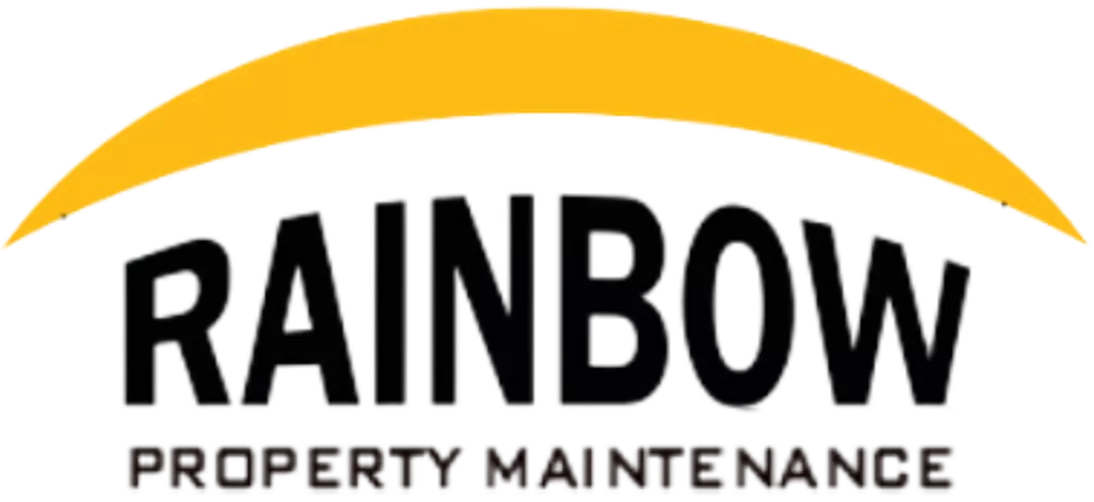
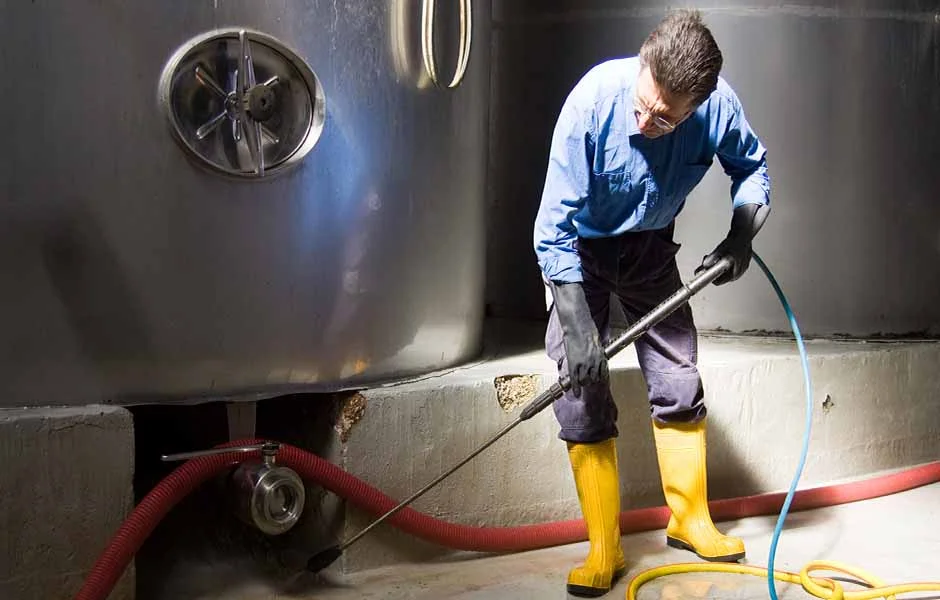


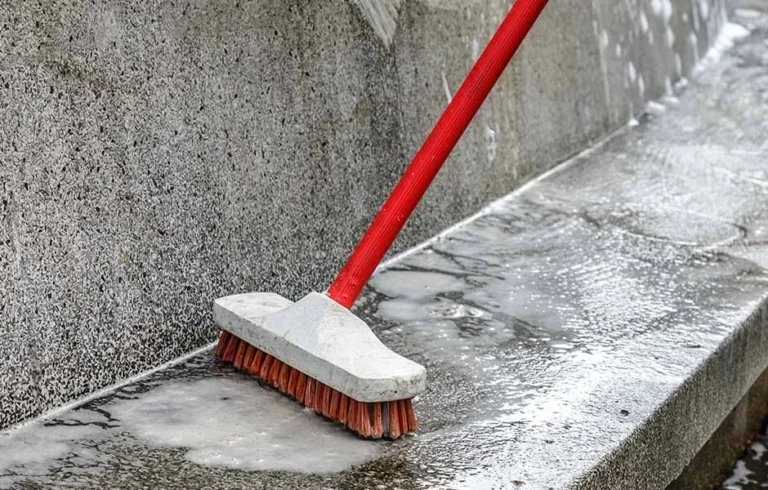
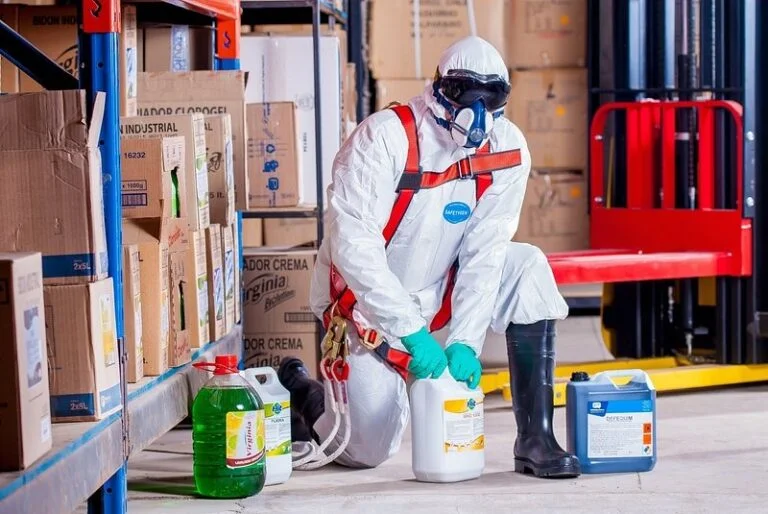

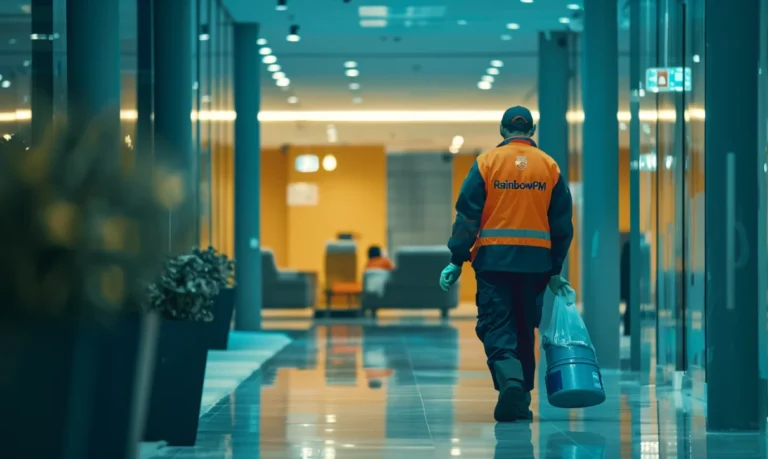

One Comment
Comments are closed.